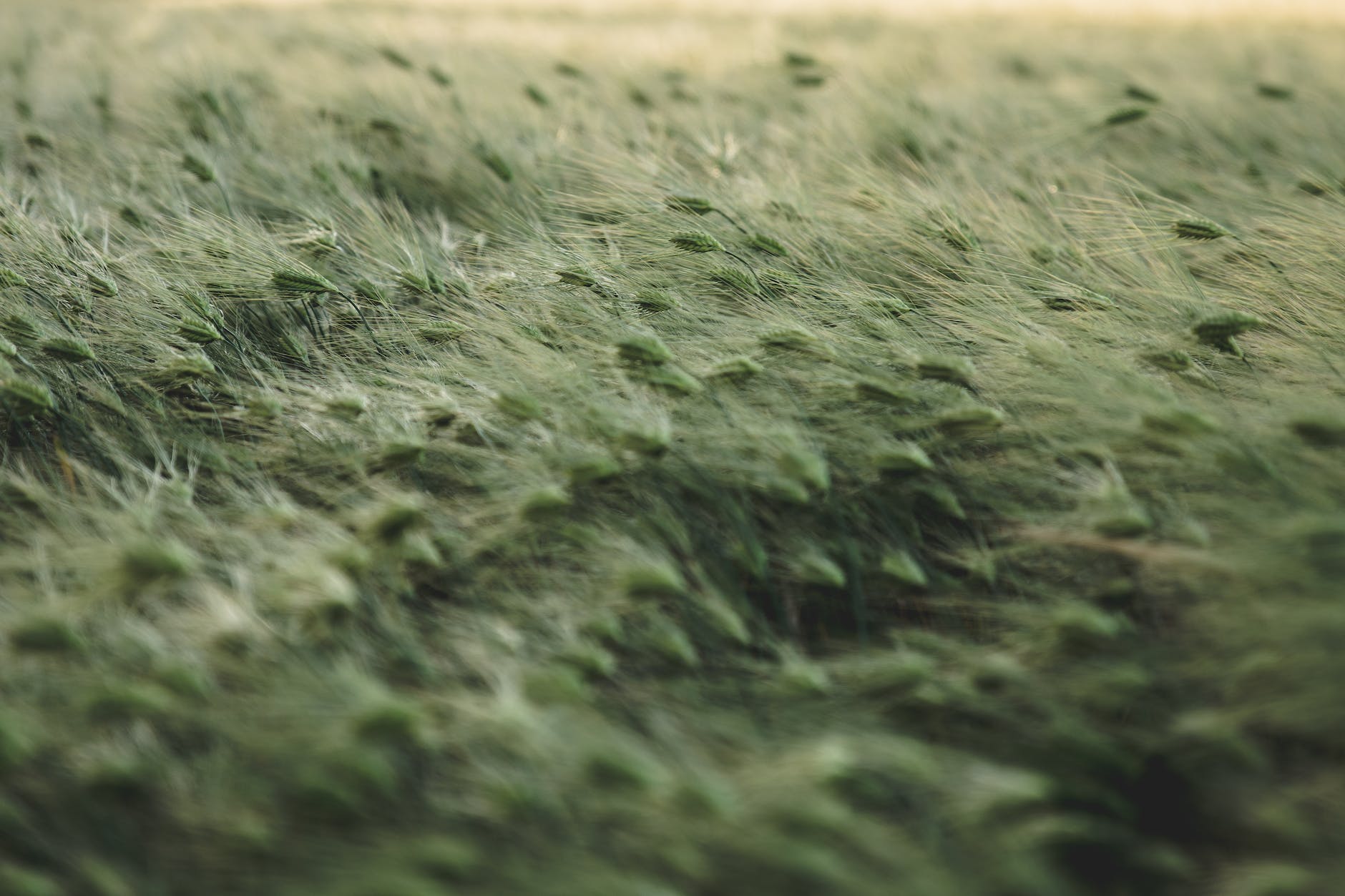Cannabis cultivation is a nuanced art that incorporates modern scientific knowledge and ancient traditions. Whether you are a novice grower or an experienced cultivator, understanding the variety of cannabis growing techniques is vital. This article will shed light on various aspects of cannabis farming, including strain selection, indoor growing, outdoor cultivation, hydroponics, organic gardening, pest control, trimming and pruning, cloning, light, and temperature control, and nutrient management.
Strain Selection: An important first step in cannabis cultivation is selecting the right strain. The choice of strain not only determines the grower’s yield but also the plant’s vulnerability to diseases and pests.
Indoor Growing: Indoor cultivation offers advantage over environmental control. With techniques such as indoor growing, cannabis cultivators can maintain optimal light, CO₂, moisture, and temperature conditions, leading to healthy and fruitful plants.
Outdoor Cultivation: In outdoor cultivation, nature does most of the work, and the crops typically grow larger and have a lower cost. The quality of your yield will, however, depend on your local climate, soil quality, and access to sunlight.
Hydroponics: Hydroponics is a soil-less form of cultivation, where plants’ roots grow in nutrient-rich water. This method allows for a greater degree of control over plant nutrition, potentially leading to quicker growth and higher yields than traditional soils. You can discover more about the hydroponics technique online.
Organic Gardening: Organic cultivation is a sustainable way to grow cannabis, focusing primarily on creating vibrant, living soil ecosystems. Healthy soil equates to robust, disease-resistant plants. Organic gardening surely takes extra effort but ensures that the yield is toxin-free and environmentally friendly.
Pest Control: Effective pest control is a constant consideration for any cannabis grower. An integrated pest management (IPM) approach includes regular crop inspection, biological controls (beneficial insects), trap cropping, and, if necessary, the careful application of safe pesticides.
Trimming and Pruning: Pruning and trimming cannabis plants is an essential part of the cultivation process. Correct trimming and pruning can improve light penetration and air circulation, increase yields and reduce the risk of disease.
Cloning: Cloning, a type of cannabis plant propagation that produces a genetically identical plant, is an effective way to maintain strain consistency and to keep favorite phenotypes. Learn more about the art and science of cloning to continue the growth of your preferred strains.
Light and Temperature Control: Light and temperature play vital roles in plant development. Understanding the nuances of light spectrum, light cycles, and light and temperature control methods is key to optimizing your cannabis yield.
Nutrient Management: Finally, nutrient management is an important aspect of cannabis cultivation. By maintaining a balance of essential nutrients, the plant grows in a healthy and robust manner, producing a bountiful yield.
In conclusion, growing cannabis can be as simple or as complicated as you make it. Wide-ranging techniques are available, and growers must choose and experiment to find what works best for their unique circumstances. By applying knowledge in these areas, cultivators will see better results, whether they’re growing cannabis for personal use or commercial applications.

